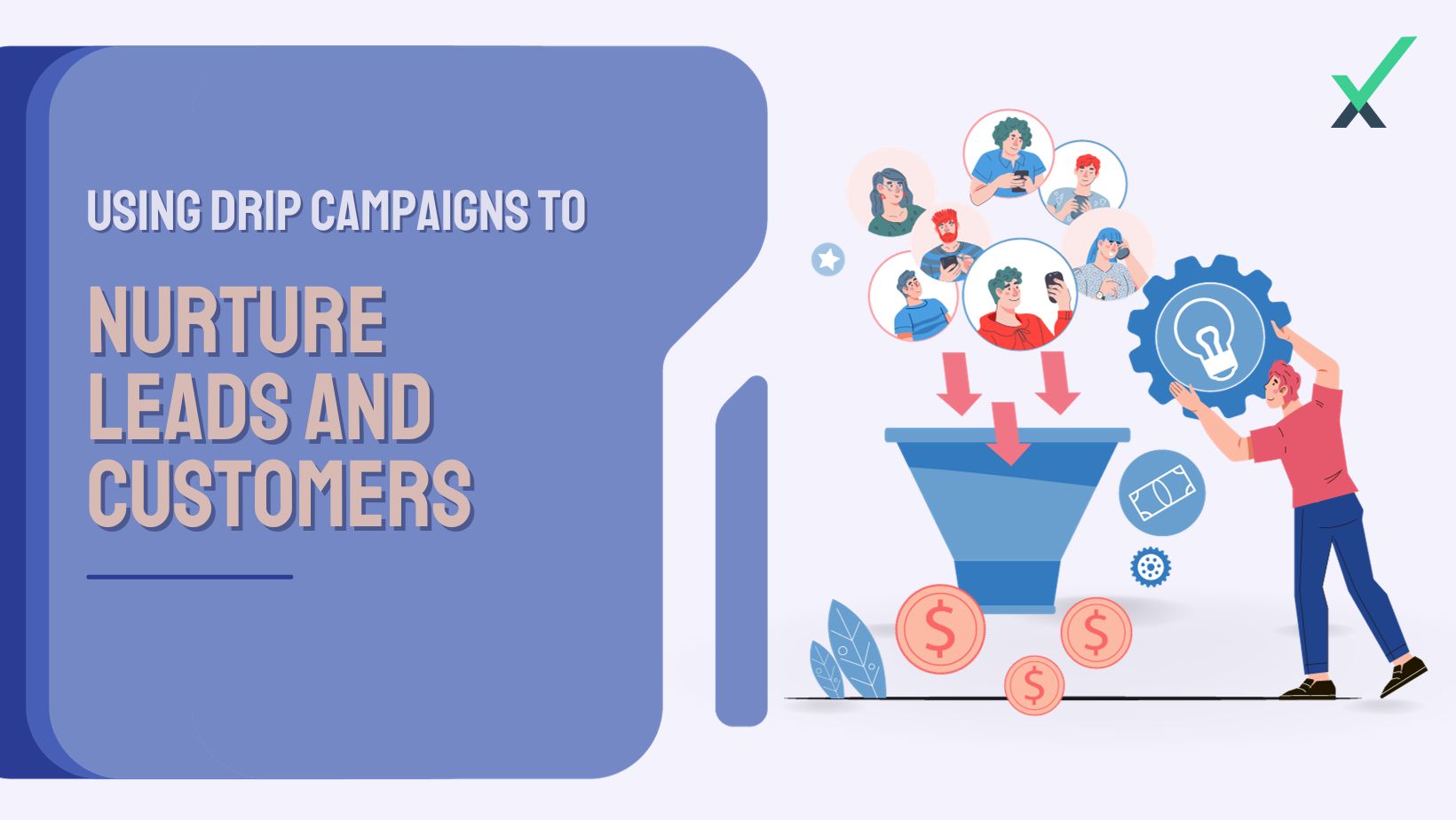Drip campaigns are a crucial component of any successful email marketing strategy. These automated, targeted email sequences play a vital role in nurturing leads and customers at various stages of the customer journey. In this blog, we will explore the role of drip campaigns and how to leverage key elements such as email verifier tools, B2B lead generation, bulk emails, dedicated SMTP services, and user-generated content to create effective drip campaigns that engage and convert your audience.
Step 1: Define Your Drip Campaign Goals and Segments
Identify specific objectives for your drip campaigns, such as lead nurturing, onboarding new customers, or promoting upsells. Then, segment your audience accordingly. Consider the following steps:
1. Use an email verifier tool to ensure your email list is clean and up-to-date.
2. Leverage B2B lead generation techniques to identify high-quality leads that match your target audience.
3. Segment your audience based on demographics, preferences, behaviors, or engagement history.
Step 2: Craft Compelling Drip Campaign Content
Create engaging and relevant content for each stage of the customer journey. This could include educational resources, personalized offers, or user-generated content. Consider these tactics:
1. Use bulk emails to deliver content that aligns with each segment's interests and pain points.
2. Utilize dedicated SMTP services to ensure reliable email delivery and customization options.
3. Incorporate user-generated content, such as customer testimonials, to build trust and social proof.
Step 3: Determine the Cadence and Timing of Your Drip Campaigns
Timing is crucial in drip campaigns to maintain engagement without overwhelming your audience. Consider the following guidelines:
1. Consider the length of your sales cycle and align the frequency of your emails accordingly.
2. Set intervals between emails to allow recipients time to digest the content and take action.
3. Monitor engagement metrics to fine-tune the timing of your drip campaign sequences.
Step 4: Automate and Personalize Drip Campaigns Using Automation Tools
Automating your drip campaigns saves time and ensures consistent delivery. Additionally, personalization enhances engagement. Consider the following steps:
1. Use an email service provider with automation capabilities to set up your drip campaigns.
2. Insert merge tags to personalize content with recipients' names, previous actions, or other relevant data.
3. Test and optimize your drip campaign sequences to improve open rates, click-through rates, and conversions.
Step 5: Analyze and Iterate for Continuous Improvement
Regularly analyze the performance of your drip campaigns and make data-driven improvements. Consider these steps:
1. Track key metrics, such as open rates, click-through rates, conversions, and revenue generated.
2. Identify bottlenecks or areas for improvement in your drip campaign sequences.
3. A/B test different subject lines, content strategies, or calls-to-action to optimize performance.
Conclusion:
Drip campaigns are essential in nurturing leads and customers throughout their journey with your brand. By incorporating key elements such as email verifier tools, B2B lead generation tactics, bulk emails, dedicated SMTP services, and user-generated content, you can create engaging and personalized drip campaigns that drive conversions. Remember, regularly analyzing and refining your drip campaigns based on data insights will ensure continuous improvement and maximize the return on your email marketing investment.
For deeper insights into cold email marketing, explore "Email Marketing Trends to Watch Out for in 2023".


